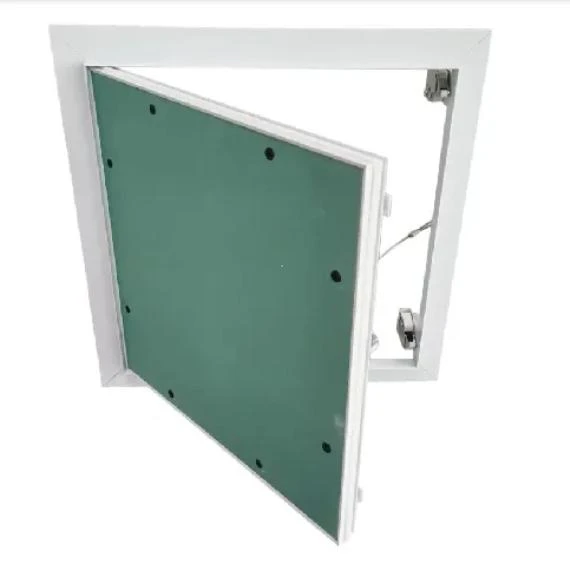Nov . 27, 2024 08:31 Back to list
Exploring the Benefits of FRP Ceiling Grids for Modern Interior Design
Understanding FRP Ceiling Grids Applications, Advantages, and Considerations
Fiber Reinforced Polymer (FRP) ceiling grids are an innovative solution that has gained considerable traction in various sectors, including commercial, industrial, and residential construction. These ceiling grids are designed to support ceiling tiles, acoustic panels, and other overhead materials, making them an essential component in modern architectural practices. This article explores the applications, advantages, and considerations regarding FRP ceiling grids.
Applications of FRP Ceiling Grids
FRP ceiling grids are versatile and can be utilized in diverse environments. Primarily, they are commonly found in settings that require high levels of durability and resistance to harsh conditions. These include
1. Industrial Facilities In manufacturing plants and warehouses, where machinery and the processing of materials can produce significant airborne particles, FRP ceiling grids provide a sturdy structure that can endure the challenges of heavy-duty environments.
2. Healthcare Facilities Hospitals and laboratories necessitate clean and sterile conditions. FRP ceiling grids are resistant to moisture, mold, and corrosion, making them an ideal choice for areas where hygiene is paramount.
3. Food Processing Areas The food industry is another sector that benefits from FRP ceiling grids. These materials are easy to clean and do not harbor bacteria, complying with food safety standards.
4. Commercial Applications Retail stores, offices, and other commercial spaces can also incorporate FRP ceiling grids, benefiting from their aesthetic appeal and the ability to support specialized lighting and HVAC (Heating, Ventilation, and Air Conditioning) systems.
Advantages of FRP Ceiling Grids
The benefits of using FRP ceiling grids are numerous and contribute to their growing popularity
1. Durability and Strength FRP materials are known for their high tensile strength and resistance to damage. Unlike traditional materials such as metal or wood, FRP does not corrode, rust, or warp, ensuring a long life span.
2. Lightweight Nature FRP ceiling grids are significantly lighter than their metal counterparts. This characteristic simplifies installation and reduces the structural load on buildings, which can help in cost savings during both building and renovation.
frp ceiling grid

3. Low Maintenance With their non-porous surfaces, FRP grids are easy to clean and maintain. This feature is particularly valuable in environments where cleanliness is critical, such as laboratories and food processing areas.
4. Aesthetic Flexibility FRP ceiling grids can be manufactured in various colors, designs, and finishes, allowing for creative ceiling designs that can enhance the overall aesthetic of a space.
5. Fire Resistance Many FRP products are inherently resistant to fire, making them suitable for various applications where fire safety is a consideration.
Considerations for Using FRP Ceiling Grids
While FRP ceiling grids have numerous advantages, there are some considerations to bear in mind
1. Initial Cost The upfront cost of FRP ceiling grids can be higher than traditional materials. However, it’s essential to consider the long-term savings associated with maintenance and durability in evaluating the overall expenditure.
2. Installation Expertise Proper installation is crucial for the functionality and longevity of FRP ceiling grids. Working with experienced contractors who understand FRP materials can help avoid potential issues during installation.
3. Environmental Impact Like many synthetic materials, the environmental impact of FRP during manufacturing and disposal should be considered. Choosing suppliers with sustainable practices can mitigate some of these concerns.
4. Compatibility with Other Systems When designing spaces with FRP ceiling grids, it’s essential to ensure compatibility with existing electrical and lighting systems. Proper planning can help integrate these systems seamlessly.
Conclusion
FRP ceiling grids represent a practical, durable, and aesthetically pleasing solution for various applications across sectors. Their unique properties make them an optimal choice for environments where durability and hygiene are essential. As construction and design continue to evolve, FRP materials will likely play an increasingly important role, providing innovative solutions that meet modern demands. Whether you are constructing a new facility or renovating an existing one, considering FRP ceiling grids could lead to significant long-term advantages in both functionality and maintenance.
-
Quality Ceiling Trap Doors & Access Panels | Easy & Secure AccessNewsAug.30,2025
-
Durable Ceiling T Grid Systems | Easy InstallationNewsAug.29,2025
-
PVC Gypsum Ceiling: Durable, Laminated Tiles for Modern SpacesNewsAug.28,2025
-
Pvc Gypsum Ceiling Is DurableNewsAug.21,2025
-
Mineral Fiber Board Is DurableNewsAug.21,2025
-
Ceiling Tile Clip Reusable DesignNewsAug.21,2025







